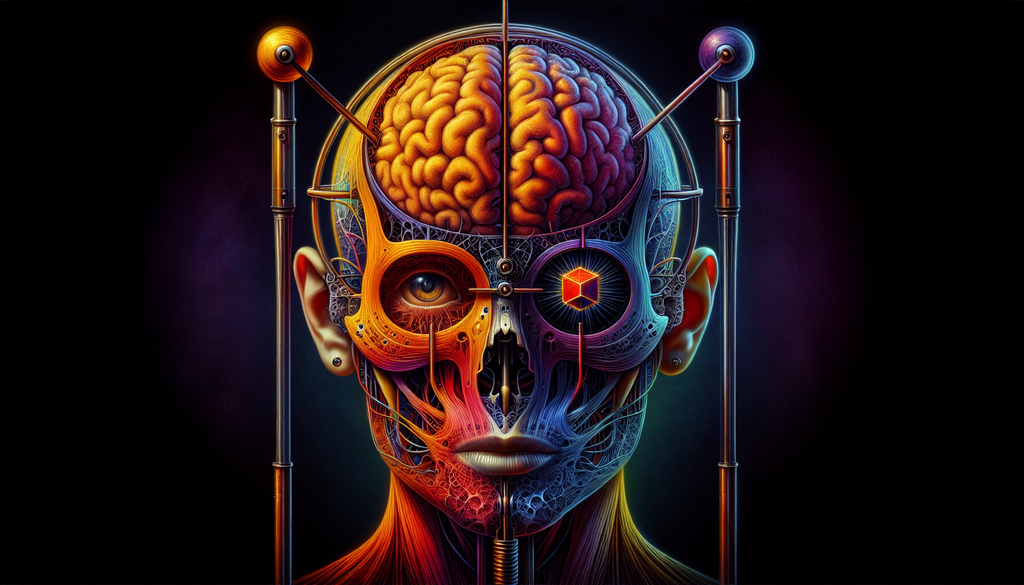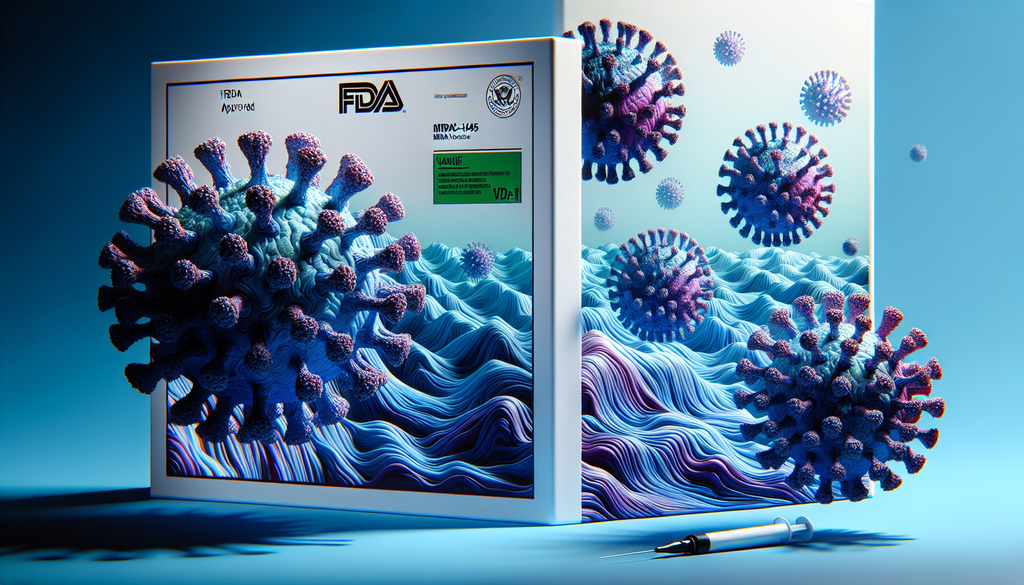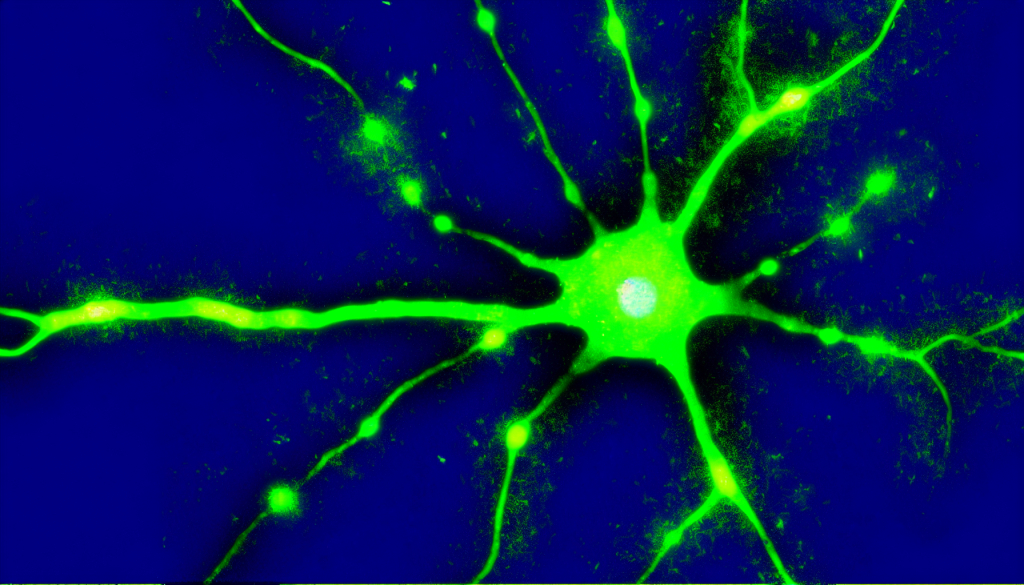First ECT Seizure Duration Linked to Depression Recovery

— Longer initial seizure tied to higher odds of remission
Prolonged seizures during the first session of electroconvulsive therapy (ECT) were associated with a greater likelihood of remission for patients with major depressive disorder, according to a large cohort study.
In an adjusted analysis, individuals with an initial seizure duration of at least 30 seconds had twice the odds of achieving remission compared to those whose seizures lasted less than 20 seconds, a team led by Axel Nordenskjöld, MD, PhD, from Örebro University Hospital in Sweden, reported in JAMA Network Open.
"This is one of the largest studies showing the correlation between seizure duration and remission in major depressive disorder post-ECT treatments, to our knowledge. Seizure length may serve as an indicator of treatment adequacy," the authors noted.
Among nearly 7,000 patients treated with ECT for depression, about 39.3% entered remission within one week of therapy.
ECT, primarily used for severe depression, aims to trigger therapeutic seizures, but the optimal seizure duration has long been debated. While seizures shorter than 20 seconds are usually deemed insufficient, those lasting beyond 120 to 180 seconds tend to increase the risk of adverse effects.
The highest remission rates were observed in patients with initial seizure durations of 60 to 69 seconds. However, any seizure lasting 20 seconds or more was associated with significantly better odds of remission compared to those with seizures under 20 seconds:
- 20-29 seconds: aOR 1.56 (95% CI 1.16-2.09)
- 30-39 seconds: aOR 2.09 (95% CI 1.58-2.77)
- 40-49 seconds: aOR 2.23 (95% CI 1.69-2.95)
- 50-59 seconds: aOR 2.45 (95% CI 1.85-3.25)
- 60-69 seconds: aOR 2.52 (95% CI 1.88-3.39)
- ≥70 seconds: aOR 2.45 (95% CI 1.84-3.28)
In a commentary published alongside the study, James Luccarelli, MD, DPhil, from Massachusetts General Hospital, urged careful interpretation of these findings, cautioning that the models focused solely on initial seizure duration, not the entire ECT course.
The median number of ECT sessions was seven among patients who reached remission, compared to eight sessions for those who did not.
"Even with initial seizure durations shorter than 20 seconds, the remission rate was still 27.2%. This is notably higher than rates achieved through pharmacotherapy among patients resistant to treatment," Luccarelli pointed out. He emphasized that a brief initial seizure shouldn't lead clinicians to halt ECT prematurely.
"The first ECT treatment, particularly when using right unilateral electrode placement as done in this study, is unique and differs from subsequent treatments. It helps establish the individual seizure threshold, allowing following treatments to exceed this threshold," he elaborated.
The research team pinpointed other factors influencing seizure length. For instance, patients taking anticonvulsants generally experienced shorter seizures and lower remission rates.
Odds of remission after ECT were statistically lower for those receiving the following medications:
- Lamotrigine (Lamictal): aOR 0.67 (95% CI 0.53-0.84)
- Benzodiazepines: aOR 0.76 (95% CI 0.69-0.84)
- Other anticonvulsants: aOR 0.53 (95% CI 0.42-0.66)
"Since anticonvulsants counteract convulsions, it's reasonable that they would reduce ECT efficacy. However, it is still a common practice to use both simultaneously," Nordenskjöld told MedPage Today, advising caution when combining the two treatments for depression in those without epilepsy.
According to Luccarelli, this discovery is "one of the most actionable insights for ECT practitioners," suggesting that tapering anticonvulsants could potentially improve patient outcomes.
Meanwhile, the use of antidepressants, lithium, and antipsychotics showed no significant effect on remission rates.
Interestingly, longer seizure durations weren’t always associated with better outcomes; patients receiving higher electrical charges had shorter seizures (β coefficient -3.32, P<0.001) but better remission rates (aOR 1.15, 95% CI 1.04-1.28).
The type of anesthetic used also impacted remission outcomes. Thiopental was linked to longer seizures but lower remission rates when compared to propofol (β coefficient 2.49, P<0.001), while propofol was associated with better remission rates (aOR 0.87, 95% CI 0.79-0.97).
In addition, patients administered a higher dose of anesthetics had reduced remission rates (aOR 0.84, 95% CI 0.76-0.94), leading Nordenskjöld to advise that physicians avoid exceeding the required dosage of either propofol or thiopental.
Age also played a role. "Older patients generally have shorter seizures, but they tend to experience greater symptom relief compared to younger patients with prolonged seizures," Nordenskjöld observed.
The study analyzed data from the Swedish National Quality Register for ECT, drawn from patients treated for unipolar major depressive disorder at Swedish hospitals between January 2012 and December 2019. The average patient age was 55, and approximately 60% of participants were female.
Patients were treated with either propofol (1-1.5 mg/kg) or thiopental (2-4 mg/kg), while succinylcholine (0.5-1 mg/kg) was administered as a muscle relaxant. Individualized pulse amplitude, frequency, and charge settings were applied. Remission was measured using the Montgomery-Åsberg Depression Rating Scale (MADRS-S), typically within one week of the final treatment session.
However, the study's limitations included uncertainty regarding whether longer seizures directly caused improved outcomes and potential confounding factors, such as duration of antidepressant use. Additionally, variables like seizure intensity or generalization may also influence the antidepressant effects of ECT. Since the study focused exclusively on unilateral electrode placements, the results may differ for bitemporal placements and need further verification.
Disclosures
The study received funding from Region Örebro County ALF and Nyckelfonden at Örebro University Hospital.
Nordenskjöld reported receiving grants from both organizations during the study. Co-authors disclosed associations with the Swedish Research Council, Swedish Brain Foundation, Swedish government under the ALF agreement, Lundbeck Pharmaceuticals, Janssen-Cilag, and the Osmond Foundation.
Luccarelli disclosed affiliations with the National Institutes of Health, Harvard Medical School, the Foundation for Prader-Willi Research, and Revival Therapeutics.
Primary Source
JAMA Network Open
Reference: Gillving C, et al. "Seizure duration and electroconvulsive therapy in major depressive disorder." JAMA Network Open 2024; DOI: 10.1001/jamanetworkopen.2024.22738.
Secondary Source
JAMA Network Open
Reference: Luccarelli J. "Unraveling the importance of seizure duration in electroconvulsive therapy." JAMA Network Open 2024; DOI: 10.1001/jamanetworkopen.2024.22693.

